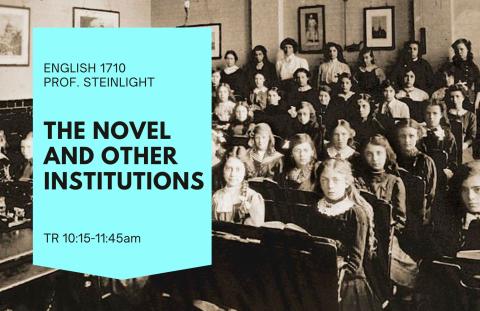The Novel and Other Institutions
How did the novel—once a fairly messy, undefined, and somewhat disreputable genre—become the dominant form of modern literature? How might we think about its history from its earliest forms to the present day? In what ways do fiction’s developing literary conventions (its recognizable plot structures, techniques of narration and characterization, ways of organizing time and space, etc.) intersect with the social transformations of the long modern era? What is the novel’s relationship to everyday life and to the institutions that structure it, from schools to prisons, from the family to the state, from museums to imperial bureaucracy, and from factories to publishing houses? In what ways did the novel become an institution itself? We will consider these and other questions as we read British and Anglophone novels spanning from the eighteenth century to the present, including works by Daniel Defoe, Jane Austen, Charles Dickens, Virginia Woolf, and Ling Ma. This course will introduce you to the history of the novel and to the analysis of genre and literary form. Our discussions will give you space to think critically about how fiction orders its worlds and marks their limits; what it normalizes or denaturalizes; how it makes sense of the past and present; and who or what it envisions as surviving over time. Through discussion and short writing assignments, you will also practice the skills of close reading, critical analysis, and argumentation.

 Department of English
Department of English
